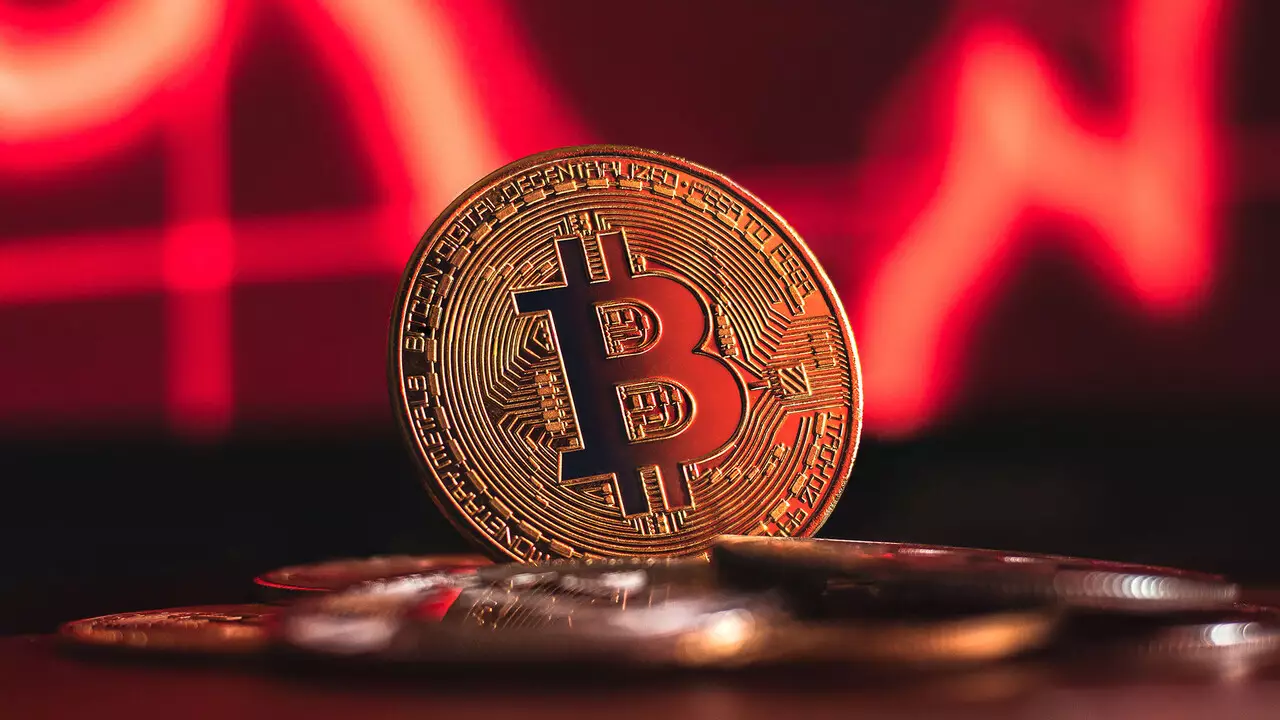In the murky depths of cryptocurrency speculation, few stories have left an indelible mark like that of Mt. Gox. The Tokyo-based exchange was once the largest hub for Bitcoin trading, dominating the market with over 70% of all crypto transactions. Yet, its catastrophic collapse in 2014, resulting in the loss of 850,000 Bitcoins and its eventual bankruptcy, serves as a grim reminder of the volatility that pervades this digital gold rush. Fast forward to March 2025, and we learn that Mt. Gox is back in the spotlight after moving a staggering 11,501 Bitcoins, valued at over $1 billion, to its wallets. This sudden re-emergence begs the question: should the crypto community be concerned about this resurgence of a giant once synonymous with disaster?
On-Chain Activity: A New Chapter or Old Ghosts?
Recent analyses, particularly from Arkham Intelligence, revealed Mt. Gox has moved the equivalent of billions of dollars in Bitcoins across various wallets this March alone. The sheer volume of transactions, including the transfer of 899 Bitcoins to a cold wallet and 10,608 to another account, raises eyebrows across the financial spectrum. Has Mt. Gox pulled a first-rate PR stunt, or are we witnessing the emergence of a once-defunct giant attempting to reclaim its throne? The alarming frequency of these transactions—including another significant transfer of 11,833 Bitcoins—suggests a flurry of activity that could either mark a fresh start or the makings of another impending disaster.
What Lies Beneath: Financial Juggling or Strategic Recovery?
One must delve deeper into the implications of these transactions. Back in 2024, Mt. Gox initiated a slow but steady release of assets, with a calculated strategy to redistribute wealth back to defrauded users. Yet, these movements raise unsettling questions about transparency and trustworthiness. What safeguards are in place to ensure that these transactions don’t lead to a repeat of past mistakes?
The fact that Mt. Gox still reportedly controls approximately 35,000 Bitcoins underscores an uncomfortable reality. Are these funds being reallocated with genuine intent, or are they mere chips in a high-stakes poker game? This precarious balance teeters on the edge of financial recovery and reckless ambition, a hotbed of speculation not easily navigated by the casual investor.
The Ripple Effect: Should Regulators Step In?
The broader implications for the cryptocurrency landscape cannot be overlooked. As Mt. Gox continues its financial maneuvers, one wonders whether it might spark a wave of regulatory scrutiny. Given its past, any sign of impropriety could jeopardize the fragile sense of stability within the crypto market. As the center-right fiscal conservatives advocate for a stronger regulatory framework, this situation might spotlight the pressing need for oversight mechanisms that could prevent future collapses.
A more regulated environment would also provide consumer confidence necessary for widespread adoption, a situation that is critical as cryptocurrencies struggle for legitimacy. The crux of the matter lies in whether we’re ready to confront the kind of systemic risk that Mt. Gox resurrects. The specter of past malfeasance lingers ominously, and any hint of wrongdoing could render this resurgence a catalyst for greater regulatory action across the board.
The Market’s Response: A Double-Edged Sword
Reaction from the market has been mixed. Enthusiasts see the potential resurgence of Mt. Gox as a bullish sign for Bitcoin, while skeptics fear it heralds a return to the chaos that plagued the crypto space in its infancy. Indeed, the market thrives on speculation, and any movement from a major player like Mt. Gox can fuel a surge or plunge in market sentiment. For investors who rely on concrete data to inform their decisions, one might argue that the return of Mt. Gox brings with it the unpredictability that has characterized the cryptocurrency landscape from the very beginning.
In a time when financial solvency is crucial, the fact that Mt. Gox’s actions can sow discord while simultaneously offering glimpses of recovery showcases the paradox of cryptocurrencies. Their volatility–often attributed to lack of formal oversight–remains a double-edged sword in this uncharted territory.
As we observe Mt. Gox’s next moves, one thing is certain: the road ahead will be anything but predictable.

